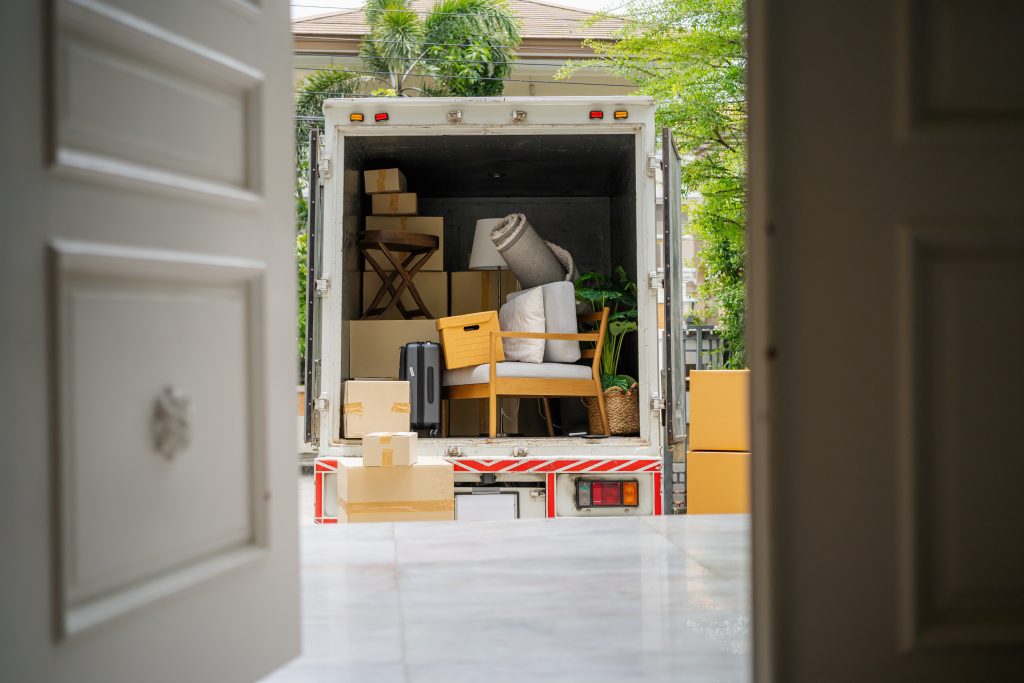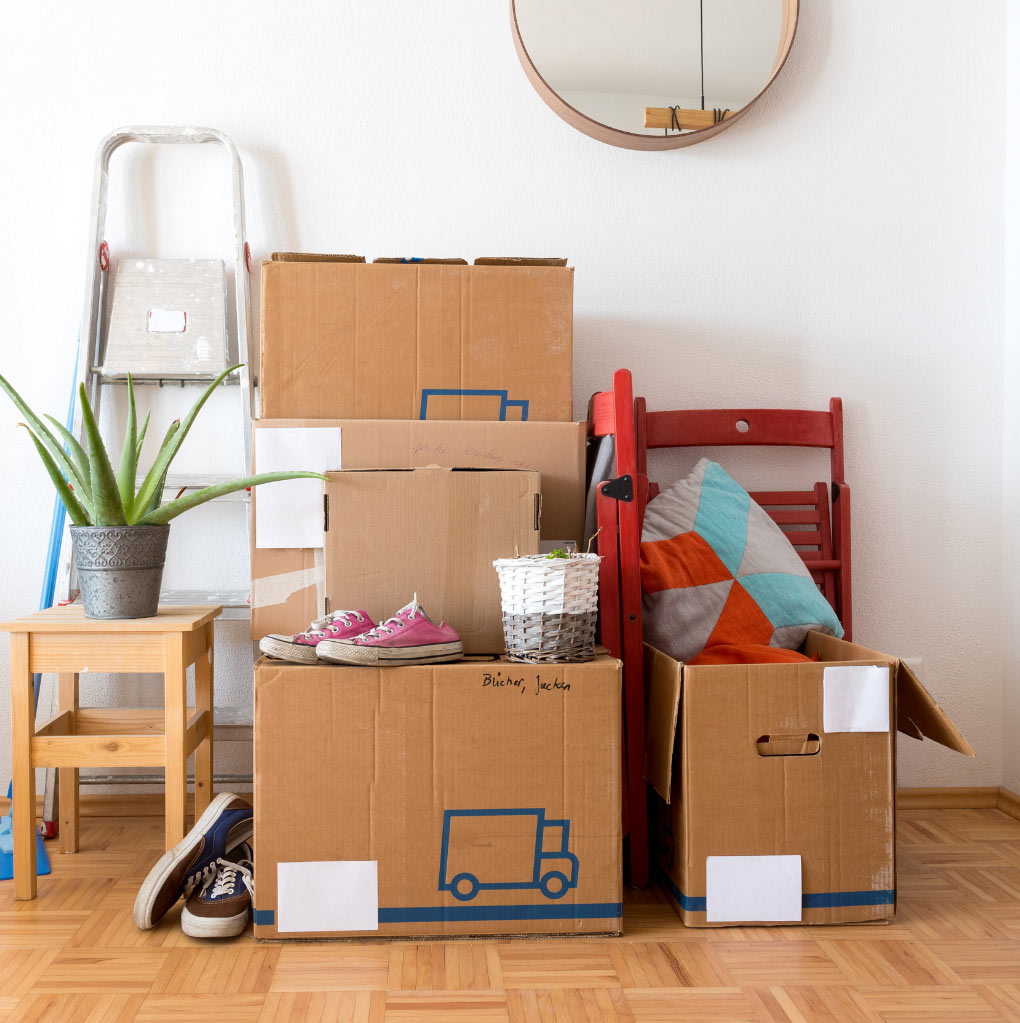Moving house is a significant life event that can be a source of stress. However, effective pre-move planning can help ease this transition and make the process more manageable. Here’s a comprehensive guide to help you plan your move.
Creating an Effective Moving Timeline
A well-structured moving timeline is crucial for a smooth moving experience. It allows you to break down the process into manageable tasks and ensures that nothing is overlooked. Start planning as soon as you know you’re moving.
Here are a few critical points to consider:
- 8 Weeks Before the Move: Begin decluttering your home, research moving companies, and gather important documents related to the move.
- 6 Weeks Before the Move: Start collecting moving supplies, arrange for utility transfers, and confirm your moving date.
- 4 Weeks Before the Move: Begin packing non-essential items, notify relevant entities (e.g., bank, doctor, schools) of your move, and organise your insurance needs.
- 2 Weeks Before the Move: Finalise packing, clean your home, and confirm all moving day details with your moving company.
- Moving Day: Ensure all boxes are properly labelled, do a final walk-through of your home, and provide clear instructions to the movers.
For a more detailed look at moving timelines, visit our blog post on Creating an Effective Moving Timeline.
Deciding What to Pack and What to Leave Behind
When preparing for a move, it’s essential to decide what to take with you and what to leave behind. This is an ideal time to declutter and rid your home of unnecessary items. Here are some key points to consider:
- Do I use this item regularly? If you haven’t used something in a year, it might be time to let it go.
- Will this item fit in my new home? Consider the size and style of your new home. Some items might not fit or suit your new space.
- Is it worth moving this item? For some items, the cost or difficulty of moving them may outweigh their value or usefulness.
Items you decide to leave behind can be sold, donated, or recycled.
For more tips on how to decide what to pack and what to leave behind, visit our blog post on Deciding What to Pack and What to Leave Behind.
Selecting the Right Moving Supplies
Choosing the right moving supplies is vital for protecting your belongings during the move. Here’s what you’ll likely need:
- Boxes: You’ll need a variety of sizes. Specialty boxes, like wardrobe boxes or dish packs, can be useful for certain items.
- Packing Paper and Bubble Wrap: These are essential for wrapping items and filling empty spaces in boxes.
- Tape: You’ll need plenty of strong packing tape for assembling boxes and sealing them shut.
- Markers: You’ll need these for labelling boxes with their contents and their designated room in your new home.
- Moving Blankets and Furniture Pads: These are great for protecting furniture and large items during the move.
For more information on selecting the right moving supplies, check out our blog post on Selecting the Right Moving Supplies.
Understanding Your Insurance Options When Moving
When you’re moving, it’s crucial to understand your insurance options. Inform your current insurance company about your move, review your new coverage needs, check if your policy covers your belongings during the move, and insure your new home immediately.
For a more comprehensive look at your insurance options when moving, visit our blog post on Understanding Your Insurance Options When Moving.
Planning for Moving Large, Bulky Items
Moving large, bulky items can be a challenge. Take an inventory of all the large items you need to move, measure doorways and hallways, clean and disassemble items as necessary, and consider whether you need a professional moving service for these items.
For more information on moving large, bulky items, visit our blog post on Planning for Moving Large, Bulky Items.
This pre-move planning checklist is a great starting point for organising your move. With careful planning and preparation, you can ensure a smoother, less stressful moving experience.
Conclusion
Moving house can be a significant undertaking, but with careful planning, the process can be made considerably smoother. By creating an effective moving timeline, deciding what to pack and what to leave behind, selecting the right moving supplies, understanding your insurance options, and planning for moving large, bulky items, you can navigate your move efficiently and effectively. Remember, each of these steps doesn’t have to be stressful. Instead, view them as milestones along the way to your new home. With each task you complete, you’re one step closer to beginning the next chapter in your new home.


My name is Benjamin Blaze, and I’ve always had a passion for creating something out of nothing. From a young age, I knew that I wanted to build a business that not only provided a valuable service but also stood out from the rest. Little did I know that my journey would take me through the heart of the UK’s removals industry, allowing me to discover my true talents in marketing and ultimately transforming the way removals companies present themselves to the world.







